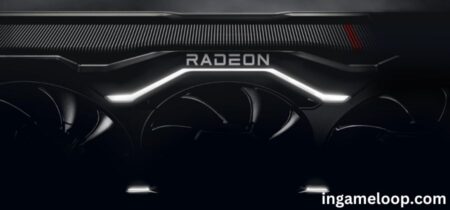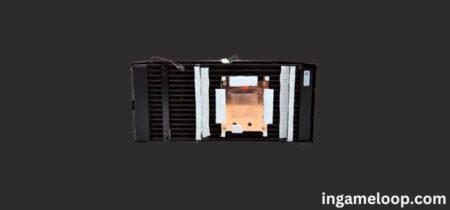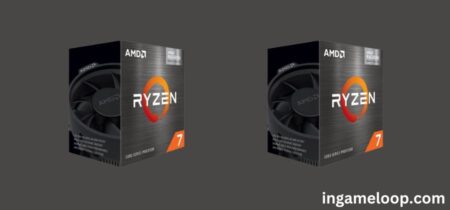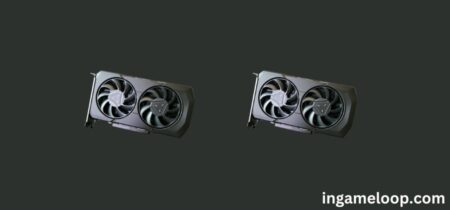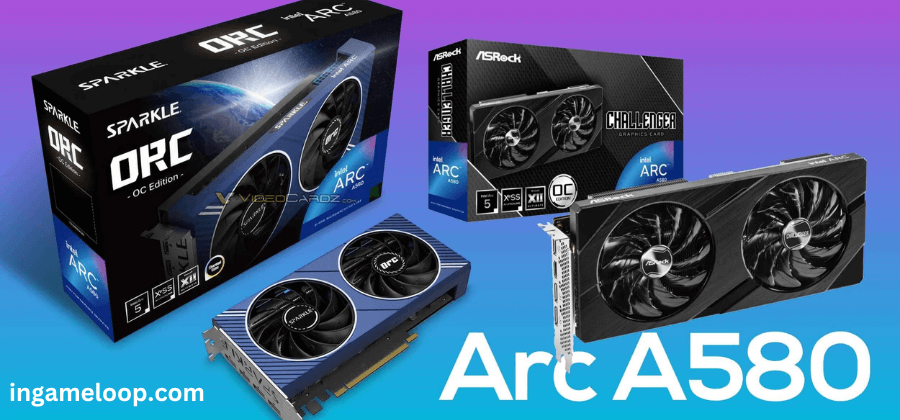
After months of anticipation, Intel’s Arc A580 graphics card has finally emerged from the shadows, ready to make its mark in the fiercely competitive GPU market. This unveiling comes over a year after Intel initially introduced its Arc A-series lineup, which includes the A770, A750, A580, A380, and A310 models. While the 700-series and 300-series cards have been readily available for some time, the A580 has been notably absent – until now.
The ASRock Arc A580 Challenger, the first of its kind to be spotted, promises to deliver a gaming experience that commands attention. According to a listing on Austrian-based Geizhals, the card boasts an impressive array of features. It’s equipped with 3,072 shader units, a clock speed of 2,000MHz, and 8GB of 16Gbps GDDR6 memory, all connected via a 256-bit bus. Its power needs are met through twin 8-pin power connectors, hinting at a card that may lean towards the power-hungry end of the spectrum within its class.
ASRock Arc A580 Challenger OC
— 188号 (@momomo_us) October 4, 2023
A580 CL 8GO
2000MHz
8GB GDDR6 256bit 16Gbps
2x 8-Pin , 650W
3x DisplayPort , 1x HDMI pic.twitter.com/YcwHcznoO4
What truly sets the A580 apart is the inclusion of 3,072 shader cores, referred to as 24 Xe-cores in Intel’s nomenclature. This signals that the A580 employs the DG2-512 GPU, the same powerhouse found in the A750 and A770, albeit with a quarter of its shading units deactivated. It’s a bold move for an entry-level graphic card, featuring a die area of 406mm². This substantial size places it much closer in performance to the A750 than to its sibling, the A380, which sports a mere 8 Xe-cores, resulting in 1,024 shader units.
The card’s specifications reveal a PCIe 4.0 x16 interface, along with 1x HDMI 2.1 and 3x DisplayPort 2.0. It also includes AV1 encode and decode support, catering to the demands of modern media consumption. ASRock’s rendition of the A580 presents a robust presence, furnished with a twin-fan triple slot cooler. This design choice underscores a commitment to thermal efficiency, ensuring the card remains cool and consistent under demanding workloads.
In a parallel unveiling, the Sparkle A580 Orc caught the eye with its aesthetically pleasing blue shroud. The design features a dual-slot cooler, lending it a more compact footprint compared to its ASRock counterpart. This suggests that consumers will have a range of options to choose from, with each variant catering to different preferences and system configurations.
The ultimate success or failure of the A580 hinges largely on its pricing strategy. Given that the A750 has previously approached the $200 mark, the A580 must enter the market at a price point below this threshold, potentially significantly so. This is a pivotal factor that will determine its competitiveness in a market already saturated with formidable contenders.
Intel’s dedication to refining driver performance, features, and stability is deserving of recognition. While individual game performance may vary, the progress made in Arc drivers over the past year is undeniable. The result is a more compelling value proposition, making Intel’s GPUs an enticing choice for budget-conscious consumers.
If the A580 can hold its ground against formidable rivals like the Radeon RX 6600 and possibly even the RTX 3060 in select titles, it stands poised to secure a place in the heart of many gaming rigs. However, this potential can only be fully realized if the A580 is positioned as a competitively priced alternative.With official details on the A580 still scarce, the imminent launch promises to be a low-key affair. Nonetheless, this unveiling marks a significant milestone for Intel, solidifying their commitment to the gaming community and bolstering their standing in the GPU market. The Arc A580 has emerged from the shadows, ready to face the challenges and opportunities that lie ahead.




